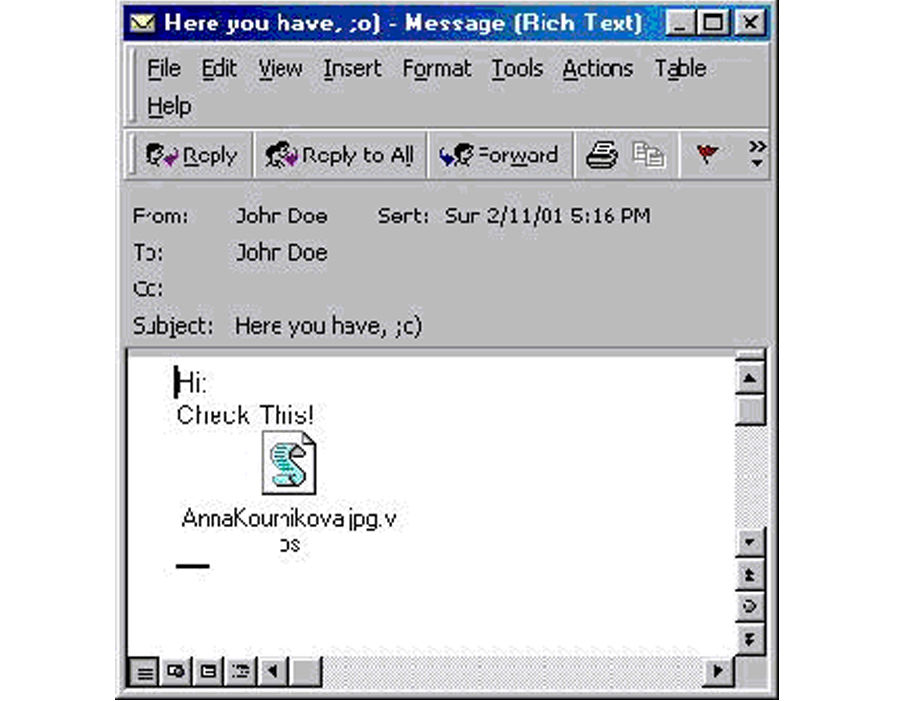GETTY
These are some of the worst cyber attacks ever seen
For many of us, protecting our computers and mobile devices is a crucial part of staying online, with online hacker attacks regularly hitting the news headlines.
But cyber-attacks are nothing new – in fact they have existed for almost as long as the Internet and World Wide Web have been around.
From malware to ransomware to worms and viruses, our computers and smart devices have long posed a juicy reward for criminals and activists around the world.
Even if you do everything right, and install all the correct security protection, hackers are often still able to bypass your blocks and steal valuable information.
Here is Express.co.uk’s list of some of the biggest and most damaging cyber-attacks, hacks and data breaches in tech history.

Tue, January 10, 2017 From viruses to data breaches, cyber-crime is far from a modern invention – here is Express.co.uk’s list of some of the biggest attacks in history. WPTIDBITS 1 of 13 Melissa gained fame for infecting Microsoft users
Melissa (1999)
One of the first well-known and widely spread viruses, Melissa was released in March 1999, infecting Microsoft World and Outlook users. The worm was originally tracked to New Jersey native David L. Smith, who served 10 months in jail for his crimes.
ILOVEYOU (2000)
Created by a Filipino computer science student, the ILOVEYOU worm terrorised internet users back in 2000. The virus infected millions of Windows computers within a few hours by tricking users into thinking they had received a message from a mystery admirer.
Anna Kournikova (2001)
In 2001, computer users across the world saw their devices infected after this virus spread globally. Promising users a sexy picture of female tennis player Anna Kournikova, victims were instead tricked into downloading malware, which also forwarded the virus on to everyone in their Microsoft Outlook address book.
Google China (2009)
The Chinese version of Google was subject to a series of cyber-attacks in late 2009 that saw the company lose out on valuable information. The attack reportedly tried to gain access to the accounts of several high-profile Chinese activists, and was eventually traced to two Chinese school which had ties to rival search engine Baidu.
Conficker (2008-2009)
One of the widest-reaching viruses in history,the Conficker worm attacked a huge numbers of organisations back in 2008-2009. Again targeting Microsoft documents, Conficker hit the likes of the Ministry of Defence, Norwegian Police and the French Navy as it affected as many as 15 million servers.
Koobface (2008)
One of the first attacks to target increasingly popular social media sites, Koobface attacked Facebook, Twitter and MySpace users back in July 2008. Although the additional virus was quickly patched, the virus continues to live on to this day in new variants, and remains a popular tool for technical support scammers, who use Koobface to spam victims with fake pop-up ads.
Zeus (2007-2009)
The nasty Zeus trojan hit the headlines back in 2007, although it continued to live on until 2009. The virus targeted Windows users, and utilised keystroke logging tools to steal online banking information to steal from its victims. Similar to Koobface, Zeus has become a popular tool for technical support scammers, as it can be used to make fake pop-up adverts appear on a victim’s computer.
GETTY
Cyber attacks are a constant worry for many of us
Stuxnet (2010-2012)
Student became one of the most notorious cyber attacks ever recorded after it was discovered in June 2010. Allegedly used to target and damage Iranian nuclear facilities (although the culprits were never discovered) the trojan attacked Windows systems, and deleted itself in 2012.
Target (2013)
One of the single biggest attacks to hit a single organisation, US retailer Target saw over 70 million customer accounts breached in an attack back in 2013. The assault saw customer credit card details, addresses, passwords and more all stolen, and caused several high-profile departures within the company.
Yahoo (2014)
Once the darling of the early internet, Yahoo’s recent decline has not been helped by the disclosure that over a billion of its user accounts were illegally breached over the course of several years. The company only revealed the massive hacks this year, telling users to change their passwords in order to protect personal information.
Heartbleed (2014)
Reportedly the biggest cyber-attack in history, Heartbleed affected a huge number of websites for two years until it was discovered by Google Security in 2014. The hack used a bug in programming tool OpenSSL, used by millions of websites worldwide, and giving criminals access to private conversations.
PlayStation Network (PSN) (2011 &2014)
Sony’s online gaming platform has been hit by two major attacks in its short life, as criminals targeted lucrative player accounts. In April 2011, 77 million PSN accounts were affected during a 23-day outage, with another attack on Christmas Day 2014 knocking the service offline and forcing Sony to spend billions in compensation.
Sony Pictures (2014)
2014 would prove to be a difficult year for Sony, as the company’s Sony Pictures Entertainment arm was hit by hackers that year. The attackers, who nicknamed themselves ‘Guardians of Peace’ and were suspected as being from North Korea, were able to access private company details, including scripts for upcoming films and financial information.
Related articles
Google, Yahoo and PlayStation PSN – 13 of the biggest cyber-attacks of ALL TIME Tech Life & Style have 880 words, post on www.express.co.uk at 2017-02-12 05:01:00. This is cached page on WBNews. If you want remove this page, please contact us.
